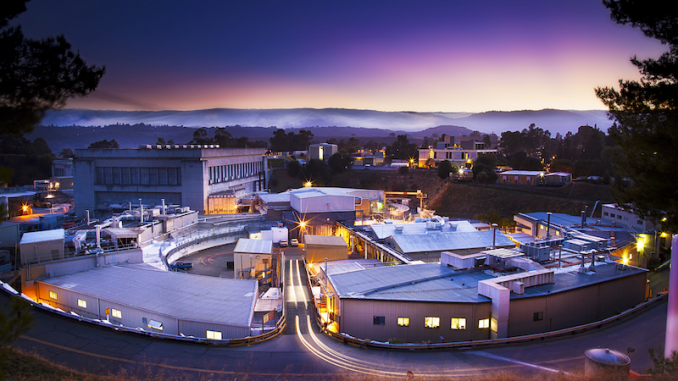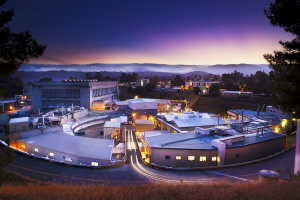
Before you ask: no, the items in the title are not related.
After demonstrating at canSAS-VIII (2015) that a modular application of data correction steps is feasible for synchrotron data, we have been working steadily with the people at Diamond to get the various elementary data corrections implemented in DAWN.
A few weeks ago, at the canSAS-IX meeting, we noticed that there were several packages being developed that would allow just such an approach, and there was a general desire that the correction sequence was standardized (even if the implementation isn’t). So we have since submitted this laboratory note to J. Appl. Cryst. for consideration: the recommended data correction sequence for solids and dispersions. The ArXiv version contains one more paragraph for clarification of the sample container requirements in section 2, which we hope to put in the manuscript as well when that (hopefully) comes back for revision. Please have a read, and let us know what you think (you can even do this publically in PubPeer)!
The second item on the list is our programmer position: we are still hoping to create a measurement database to track everything that’s going on on our samples. The last search was a bit too short in duration and poorly specified, so we’ve adapted the job opening description to be better. If you’re interested in working in Berlin on a cool pilot project, please do apply!

Lastly, the US synchrotron troubles. Their problems are summarized well by Prof. Blaine Mooers:
I am the chair of the Stanford Synchrotron Radiation Lightsource (SSRL) Users Executive Committee (UEC). This is a volunteer group that is independent of SSRL.
You probably have heard that the proposed Department of Energy (DOE) budget absorbs a large cut in part by shutting down SSRL. SSRL is one of four DOE synchrotron radiation labs in the US. SSRL has the very productive biological SAXS beamline BL 4-2. The closure of SSRL will shift a massive workload onto the remaining three synchrotron radiation labs that are run by DOE. This will reduce access to synchrotron radiation for all scientists. One lab, (APS), is scheduled to be shutdown for several years for a major upgrade, thereby further reducing access to synchrotron radiation. This situation will further reduce the productivity of US science. The UEC is asking all concerned scientists to go to the SSRL UEC facebook page ( https://www.facebook.com/ssrluec/ ) for more information about what they can do.
If you are not a US citizen, please do not contact the US Congress. Instead, please ask your US colleagues to contact Congress.
Please make your concerns known in June before Congress deliberates the budget in July. Early pressure is usually move effective. The negotiations over the budget may run into September or even latter. US Science has enjoyed bipartisan support in the past, but I am not so confident this year because we a have an antiscience President. We cannot afford to be passive and complacent.
These are my opinions as a private citizen and not necessarily those of my employer nor of SSRL.

Leave a Reply